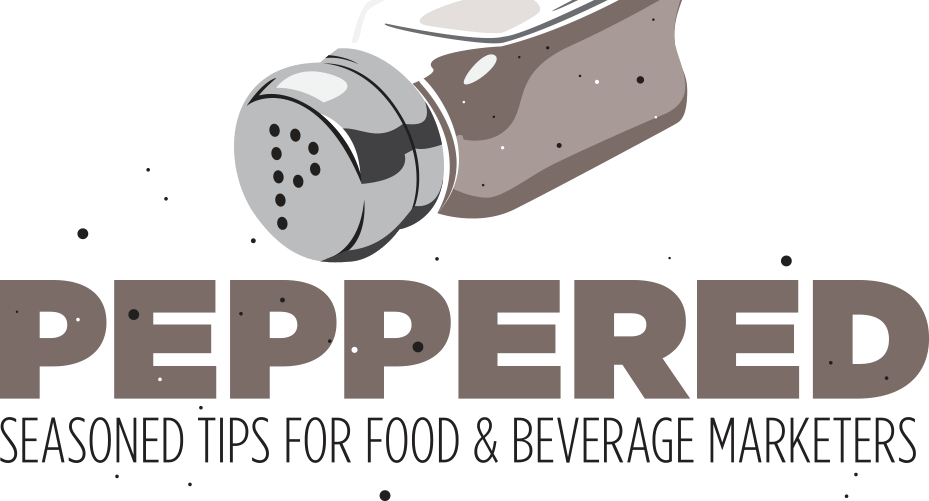Want to win in the frozen aisle?
Be dull.
During a recent shopping trip to the frozen section at my local Walmart, I was struck by how difficult it was to find the products I was looking for, even when I had a general idea of where they should be.
That’s a bad sign, given that 2/3 of grocery purchases are impulse decisions made on the spot in the store aisle. Granted, standing out and looking appetizing from behind a perma-frosted glass freezer door takes planning. Some brands are pulling it off, though, using tricks taken from the snack food aisle, one of the most cut-throat packaging arenas in existence today.
The question for salty-snack manufacturers (and by extension, frozen food manufacturers) has always been “How do I make my plastic bag stand out in a wall of plastic bags the same size and shape as mine, all with eye-catching colors, high-impact fonts, and mouthwatering beauty shots?”
Simple. Change the rules.
Several years ago, some brands in the snack aisle started moving in the direction of using a matte finish for their bags (groundbreaking at the time, as everyone else’s were high-gloss). The benefits were immediately obvious on-shelf. Without glaring highlights and reflections from harsh overhead lights breaking up the bag surface, chip images looked crisp and delicious from every angle, copy and package elements were 100% legible, and the entire product line took on a refined, upscale feel people wanted to touch – and buy. It felt like you were getting a much higher quality product than the competition, for the same price.
Consumers noticed, as was reflected in sales for these brands, and many other brands began using matte finishes on their own products in order to compete. Jump ahead to today, and matte finishes on plastic snack bags are much more common, for the reasons listed above. And it’s worth pointing out almost every expensive, high-end, better-for-you snack on the shelf today utilizes a matte-finish bag.
With such noticeable benefits, it makes me wonder why lessons learned in the snack aisle aren’t more widely applied in the frozen food case.
Many big brands who should know better (I’m looking at you, Tyson, Green Giant, P.F. Chang’s, SeaPak) persist in putting their products in ultra-shiny plastic bags that catch every stray light glare, making it nearly impossible for consumers on the other side of the glass to capture even a glimpse of appetite appeal.
Some brands have it figured out, though, most notably those in the better-for-you category. MorningStar Farms, a vegan/vegetarian brand, takes full advantage of a matte finish to allow every nuance and product detail to stand out. Others, like John Soules, got the matte message but fell down in perceived value basics like design and legibility. Less front-panel clutter goes a long way on over-packed frozen food shelves, where tops and bottoms of bags often get rolled over to squeeze one more shelf into the space.
What’s the walk-away here? The next time you update your frozen food packaging, be aware how inhospitable the environment your product lives in is. And if you want shoppers to buy your frozen products, stop glaring at them.






